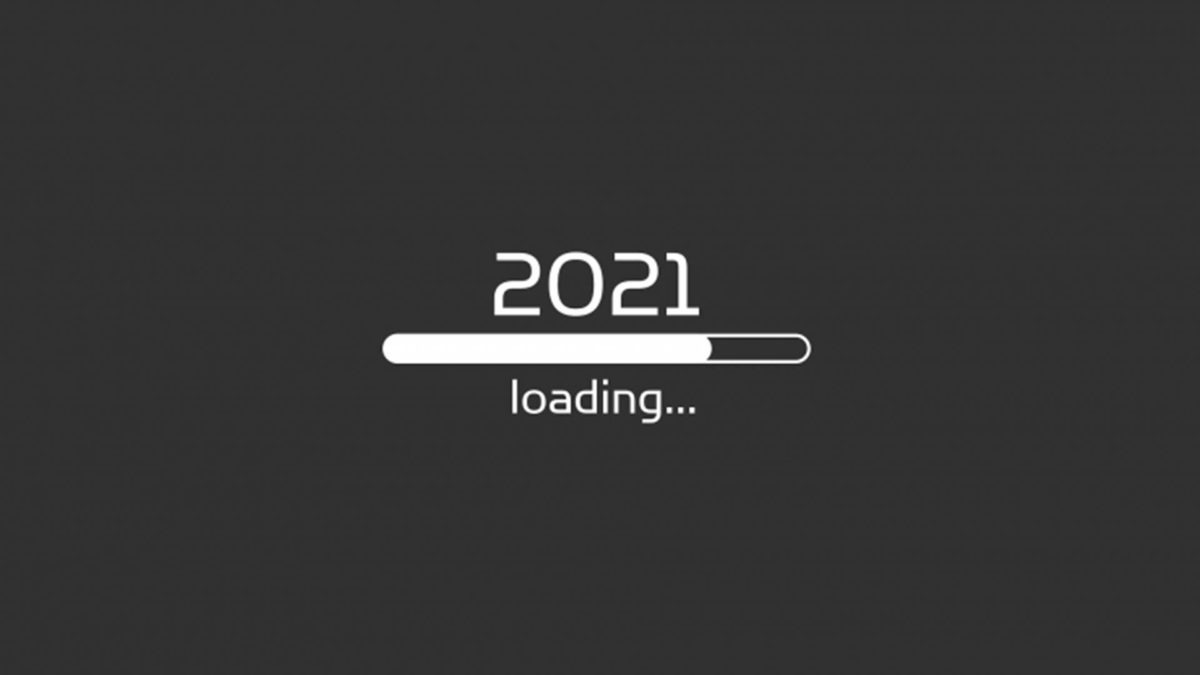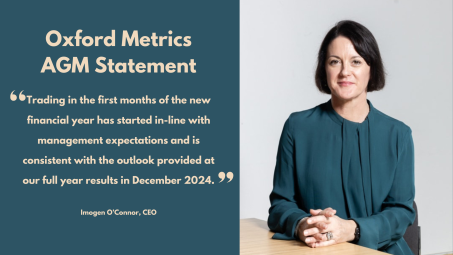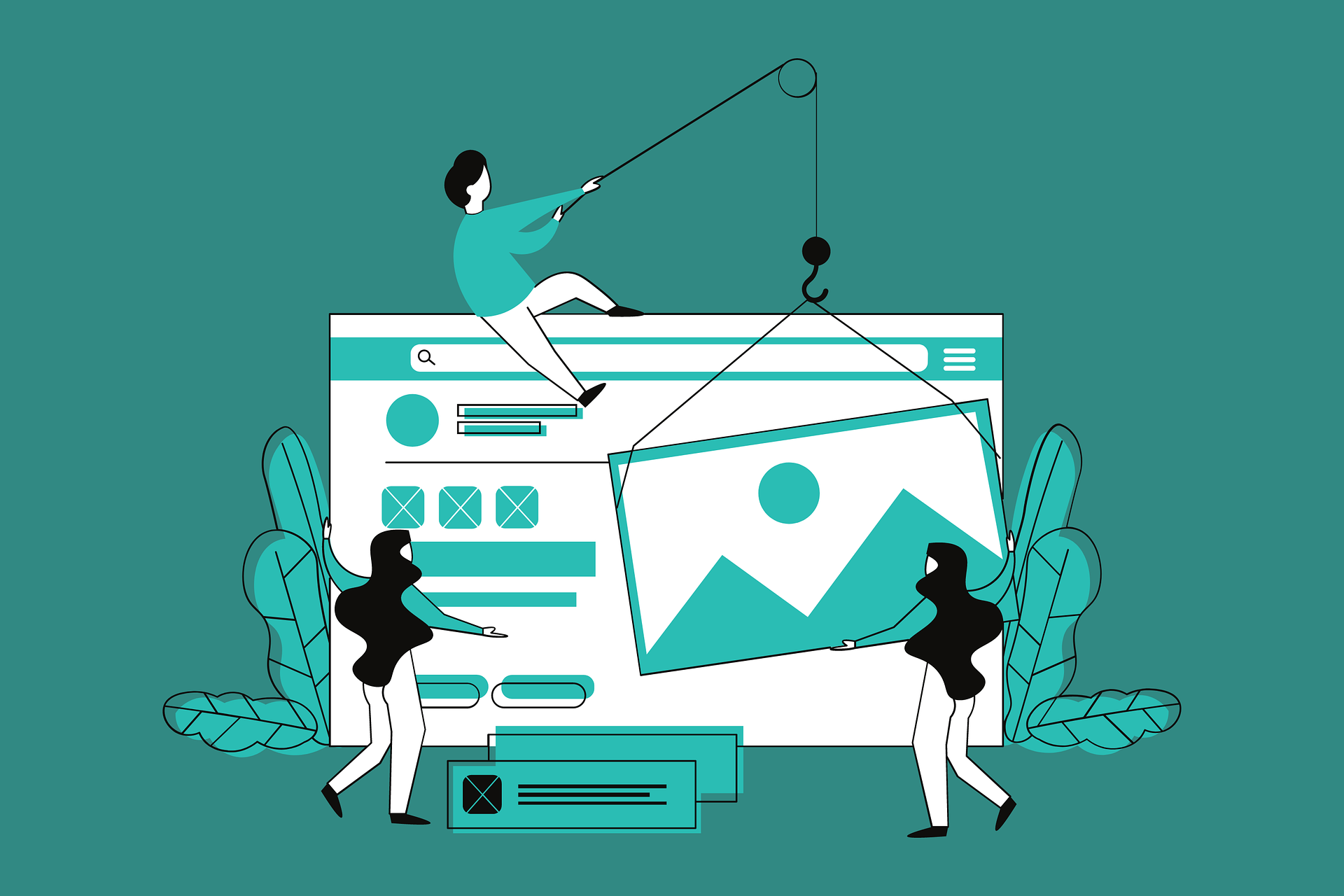
Web and Digital Trends: A year in review and 2021 forecast
What do businesses need to consider in web design for improved customer experience this year?
As technology and the digital world ever evolves – even more so due to the recent pandemic and physical separations – so does the need for designers, digital businesses and web teams to keep at the forefront of innovation and demand. Design and UX can make or break the customer journey. Here are the biggest UX and design changes and trends I believe businesses should watch out for this year:
Technology adoption
Over the past few years, we – like many other web and digital experts – have predicted there would be a continued big uptake in technology adoption from the older generation, with them becoming increasingly as internet proficient as their younger counterparts. None of us could foresee the impact a global pandemic would have though, in terms of catapulting businesses, individuals and services online virtually overnight.
With coined social terms and retorts like “OK Boomer” and “Alright Karen”, we expect the digital adoption by older users to cause more striking generational differences and clashes online between baby boomers and millennials or Gen Xers.
“Either way, with the boom and shift in older users getting online, brands need to consider not just the tone and messaging, but also its delivery through web platforms and social media.”
Either way, with the boom and shift in older users getting online, brands need to consider not just the tone and messaging, but also its delivery through web platforms and social media. Appealing to such a varied age range can be a challenge, but those that succeed will be businesses that know their audience and communicate and engage them in the right way.
AR and immersive 3D
By 2022 12 percent of internet traffic will be on 5G superfast networks. This means that as mobile devices develop with bigger screens, alongside these increasing internet speeds, augmented reality is becoming a more valuable asset.
AR will be key in 2021 in delivering a truly lifelike experience for customers. With retailers like ASOS already implementing AR into their shopping experience to enable customers to visualize clothes from the comfort of their mobile screen, there is pressure on all sorts of industries to offer an AR experience.
With improved hardware also comes the ability to view more complex graphics. By integrating 3D objects into the user interface, a more tactile user experience can be achieved and better understanding of the product can be gained. If the 3D models are available, then it is possible to use animation to bring them to life in response to user interactions.
With social distancing here for a while longer, I expect 2021 will see a demand from customers seeking and favoring brands and websites that invest in UI design, and that adapt to smaller devices and mobiles. It means for the customer or user that they can access this anywhere, in the most real-life way possible through AR and 3D design. An immersive user experience that still connects with brands is important when people are forced to stay at home or away from physical stores or restaurants or venues etc.
Uncluttered content
The focus will also be on content that responds to simple intuitive actions and does not clutter the limited display space of the device. With continues increases in mobile phone browsing, content needs to be easy-to-use and intuitive.
“Brands who simplify the UX will succeed this year.”
Whilst there is a tendency to overcrowd and cram in information into content, customers who encounter frustrations, lag or are confused with app and website interfaces will leave and seek alternatives. Brands who simplify the UX will succeed this year.
Personalisation
Not only will UX need to be simple and intuitive, the focus on personalization will be greater than ever. Users expected ads, shopping, marketing to be delivered in a highly personal way in 2020. But in 2021, there will be greater emphasis on this.
Segmenting the audience by environmental factors (such as location, time, weather), previous choices and more personal information, will allow you to deliver highly personalized content. This offers a wholly more rewarding user experience, building brand affinity and a stronger relationship between users and the business.
Full screen forms
The pandemic saw a huge shift in usual in-person operations like form filling, orders, and sign ups shifting to online and digital completion. This will stay and become much more normal, so full screen forms are the key to seamless experience.
With smaller devices, filling out forms can be a pain with small fields, multiple text inputs and small buttons. By focusing user attention on only the form, the user experience can be vastly improved on both mobile devices and larger displays. This trend for form design is suitable for the majority of data collection is fast becoming the usability standard too.
Aesthetical improvement
The drop shadow effect is beginning to mature in its old age, and users are growing tired of flat design. Part of good user experience is inviting people to take part and making objects appealing to touch.
“Part of good user experience is inviting people to take part and making objects appealing to touch.”
Depth effects beyond skewmorphism (the overused effect from the early 2000s of making every button and shape, glossy and beveled to mimic their real world counterparts) are trending as the soft shadows can be used to subtly bring graphics and photography to life.
I also expect minimal navigation to become more favorable by users. Beyond the burger-style menu on a website, minimal navigation is being used to guide traffic and coerce users to travel the desired route. However, trimmed down navigation suits smaller display sizes and simplifies the user experience, immersing users in content rather than having them make idle clicks and taps, wondering where to go.
Integrated AI and natural operation response
Now that our mobile devices are as powerful and as capable as computers, they can deliver motion-based user experiences that mimic nature and respect the laws of physical motion.
Thanks to advancements in technology and AI tools such as Bodymovin’ and Lottie, it is more commonplace for a UI to respond to touch using delicate animation techniques that leverage 3D space, light perception and particle performance.
In 2021, as Instagram is rumored to have invested in and about to start implementing eye-tracking technology, we will see a shift in how websites and apps learn from user interaction and habits. Greater emphasis will start on natural operation response to improve the UX in terms of physical touch, but it won’t be many years, or all that long, before AI is integrated for virtual interactions like eye-tracking to monitor engagement and improve the UX too!
If you’d like to know more about how Versantus could help your business, give our expert team a call. Equally, if you’ve got an upcoming project which you’d like to discuss, feel free to drop us a message with the details and we’ll get back to you as soon as we can!
More in Tech, IT & Comms

Get Support Announced as B4’s Official IT Partner
We are delighted to announce that Oxfordshire’s leading IT Services provider, Get Support, have become B4’s Official IT Partner.

Stephen Clarke: Leading the Way at the ATOM Festival of Science...
Stephen Clarke, our Principal at Cherwell College Oxford, is not only a distinguished leader and former British diplomat, but also a passionate advocate for science and education. As the Chairman of ATOM Festival of Science & Technology, Stephen plays a pivotal role in bringing world-class scientific discussions and innovations to the heart of Abingdon. Stephen’s leadership ensures that the festival remains dynamic, inclusive, and engaging for people of all ages.

Oxford Metrics: AGM statement
At Oxford Metric’s AGM held in February, CEO Imogen O’Connor made the following statement
From this author

Greener websites: taking the green initiative in digital
Like all businesses, we’re working hard to reduce our environmental impact. The time for ‘business as usual’ is behind us, and at Versantus we want to help our customers reduce the carbon footprint of their digital assets. Of course there’s a moral obligation to look after our planet, but, if you rely heavily on digital channels to do business, there’s a financial benefit too.

Women in Tech: our Senior Developer’s perspective
As a progressive organisation, we’re always on the lookout for diverse voices and upcoming talent; a diverse team brings different experiences and ideas, providing the opportunity for further learning, collaboration and improvement. But it’s impossible to ignore the limited representation of women and minority voices and glaring gender bias in the development world.

Core Web Vitals: what you need to know and how to...
The rise in slow-loading websites, intrusive pop ups and unexpected page shifts has led Google to crack down on poor user experience (UX). With the inclusion of Core Web Vitals to Google’s ranking factors, knowing how your website scores and improvements you can make will help you stay afloat once the upcoming updates take effect.

